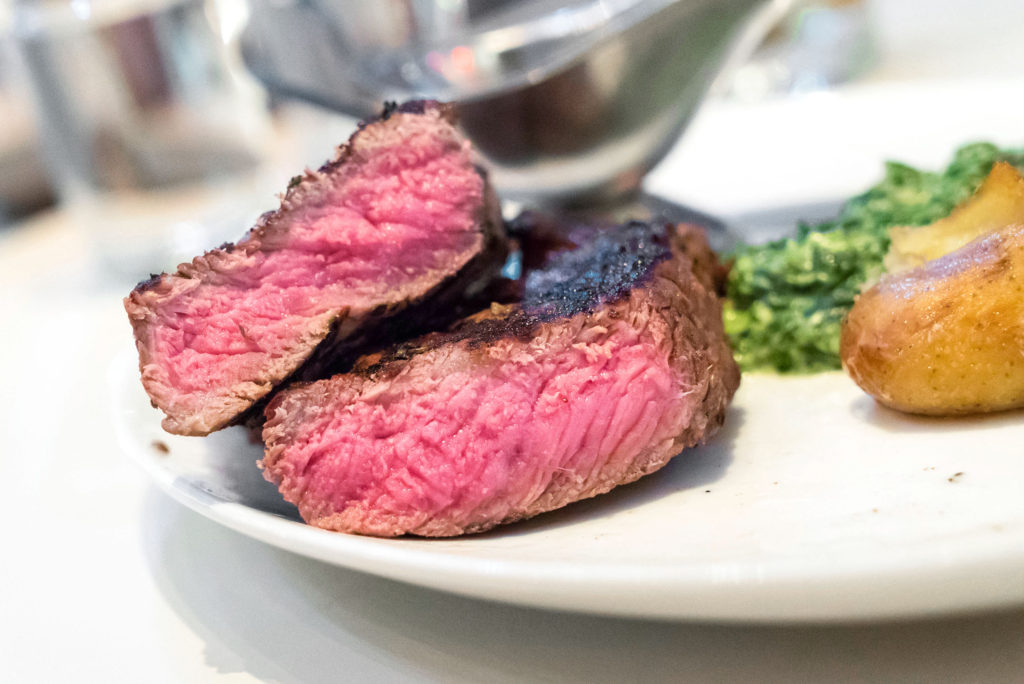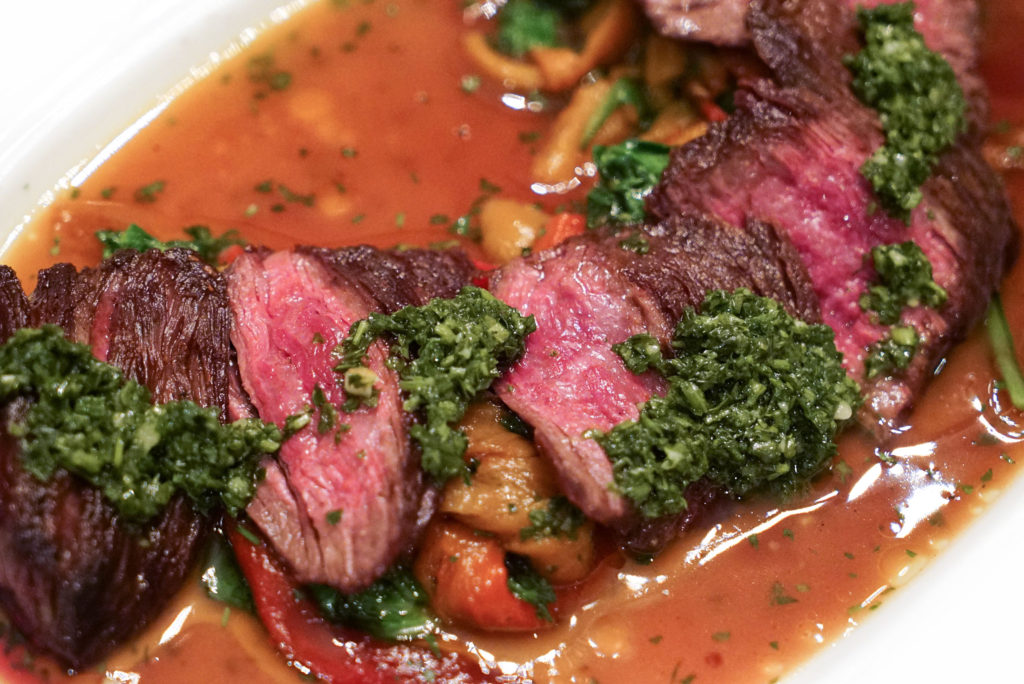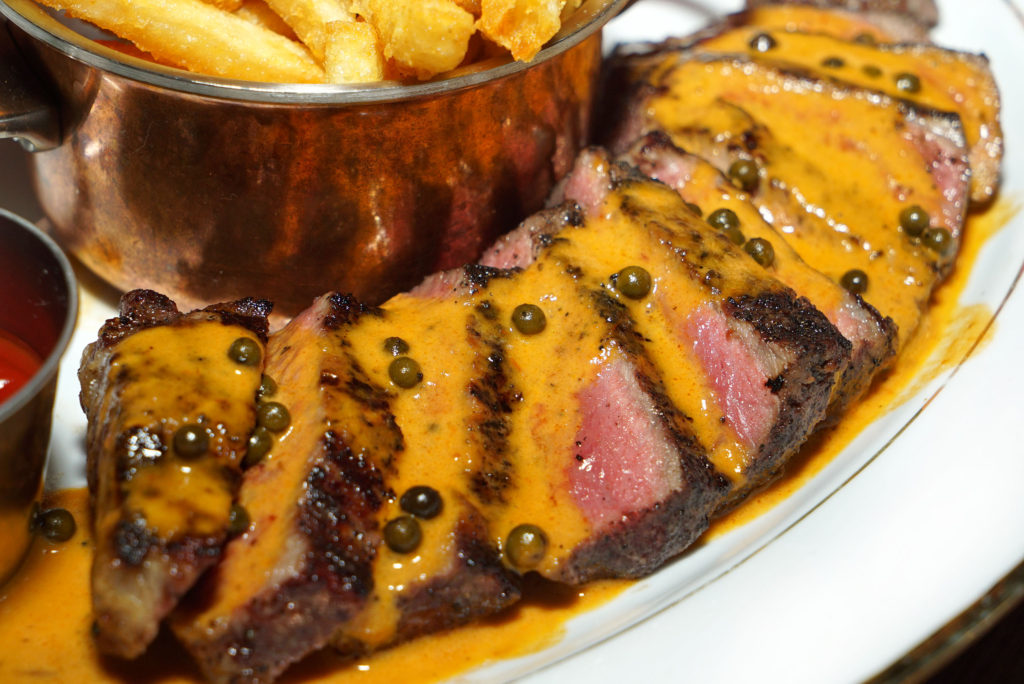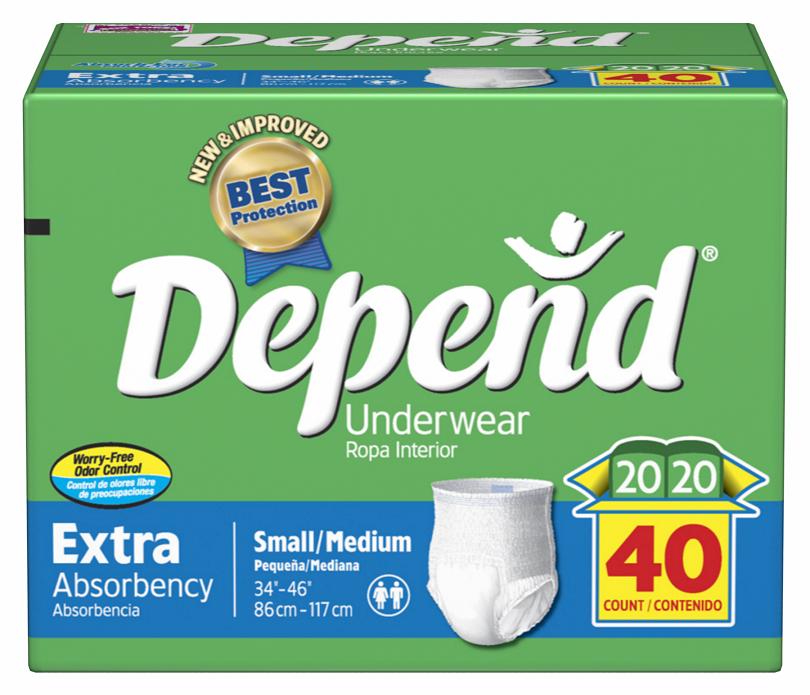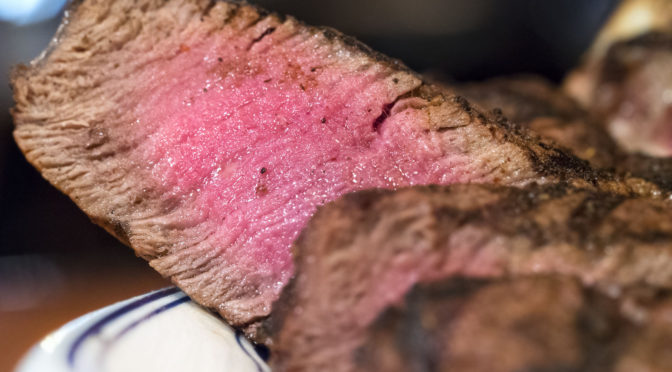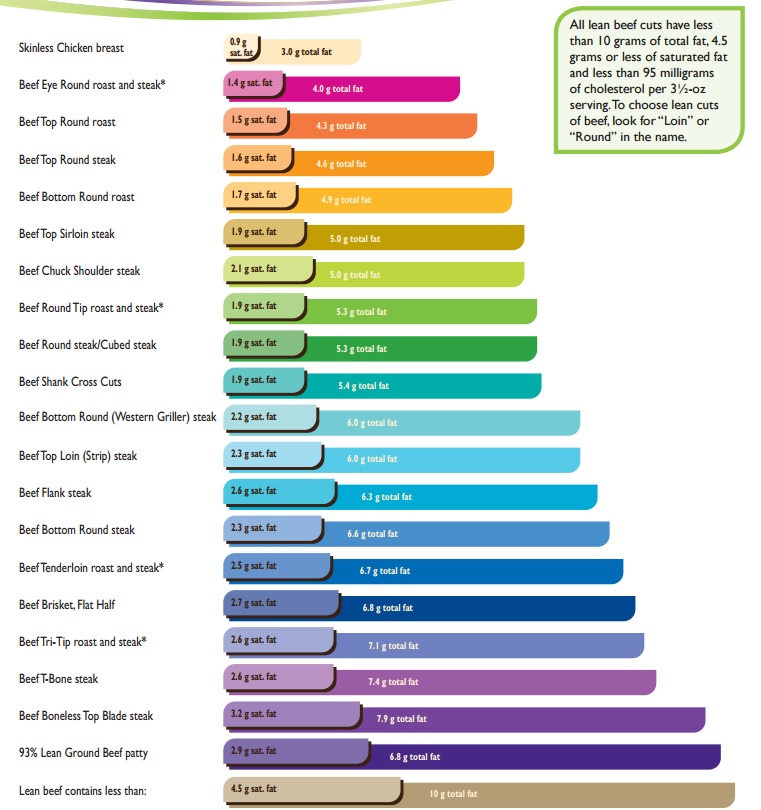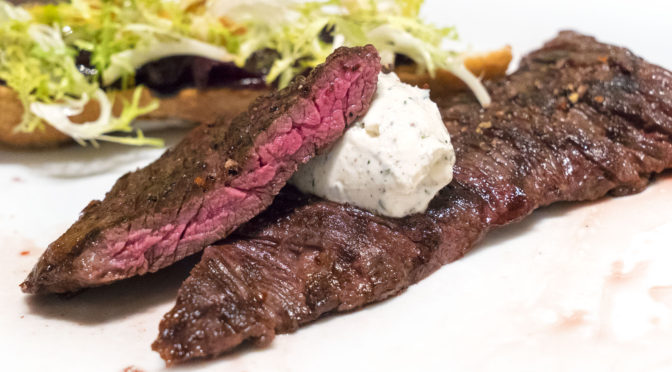With Memorial Day celebrations upon us, I figured I would share a sure fire way to impress guests at a BBQ. I chose skirt steak because it is likely going to be one of the cheapest cuts you can find in the grocery store and still prepare it deliciously with very little effort. So hike up your skirts a little more, and show your BBQ friends the stankin’ ass pair of balls you have dangling underneath.
INGREDIENTS
• skirt steak
• olive oil
• lime juice
• lime – optional
• garlic cloves
• garlic powder
• kosher salt
• fresh cracked pepper
• fresh habanero pepper (or jalapeno, or dry crushed red pepper) – optional
• fresh oregano – optional
• tupperware
• a grill
• a pair of tongs
• a plate
• a knife
• a pair of balls the size of eggs
STEP 1
In the grocery store, look for a cut with the least connective tissue still clinging to it. This would be thick, white flappy stuff. You’ll have to trim some of that off when you get home, so if you can avoid it ahead of time, then that’s helpful.
It’s always best to cook it right away; the fresher the better. It may be a few days since it was butchered, maybe longer. I like to go to the grocery store and come home to immediately start cooking. No fridge needed.
STEP 2
Place the steak in a tupperware container with an inch or two of olive oil in it. The steak can fold over; it doesn’t need to be a huge tupperware container. Next chop up your garlic and peppers, because you are going to soak the steak in there with some crushed garlic cloves and chopped habanero peppers. This olive oil soak isn’t as critical with a fatty steak like skirt, but this technique also works really great on more dense meats, or cuts without much marbling or fat content. Also if you are too vaginal for habanero, or if your shitty grocery store doesn’t have them, you can use jalapeno, crushed red pepper flakes, or nothing at all. But if you don’t like spicy foods, then go fuck yourself because that means you’re an asshole anyway.
Leave it in the tupperware at room temperature if you plan to cook it the same day, which I highly recommend. Know that the longer you leave the peppers in, the spicier it will get, and the longer you let it soak in the oil and garlic, the more tender and flavorful it will get, as that shit soaks into the meat.
Whatever you do, DO NOT PUT THE LIME JUICE IN THE SOAKING LIQUID. Lime juice has acids and enzymes in the citrus that will break down meat and essentially cook it. In fact that’s how ceviche is made with raw seafood.
STEP 3
Wait. Even an hour will make a difference with this soak. And yes; you want the meat to be room temperature before it hits the grill. Occasionally you should turn the meat to ensure that all sides and surfaces are coated and get soaked in the goodness.
In the meantime you can start prepping your sides. I like grilled asparagus with steak, as I tend to shy away from starches when I am eating a steak dinner. Avoiding starch will leave more room in your gut for meat.
If you have a charcoal fired grill, you can start that up while you wait too. I use a gas grill because it’s fast. I’m impatient, so I like my grill ready when I am.
Let the grill get psychotically hot. Close the lid and crank it all the way. Some of the best steakhouses cook their meat at around 700 degrees for the initial outer cooking. They often use lower heat for thick cuts during a second cooking phase, to get the middle perfectly cooked without overcooking the outside. We won’t need to do that with skirt steak, since it is thin. So the hotter, the better.
STEP 4
Now that your meat has been soaking for a while, take it out and pat it dry with paper towels. Get all the oil off. You want the meat to hit the grill bone dry. It may seem like a waste of olive oil, but I promise you it will be worth it once you take that first bite.
STEP 5
Season the mother fucker generously with kosher salt, cracked black pepper, garlic powder, and whatever else your heart desires. But don’t overdo it otherwise you will drown out all the great flavor you just imparted into the meat during the soaking process.
This isn’t baking, so you don’t need exact measurements here or anything with the seasoning. My wife is a baker and the great thing about grilling as opposed to baking is that grilling is more free form, more relaxed. With baking my wife needs precision, and she needs her measurements to be as close as possible to her recipes. If she goes off a few grams everything can get screwed up. With grilling you pretty much have to be an invalid to fuck it up.
STEP 6
So your grill is hot as shit now, and you are ready to start cooking. Grab your tongs, a serving plate, the lime juice, and your meat. You’re ready to rock!
Lay the meat horizontally across the grill bars. When the meat hits the grill it should scream and sizzle. Nice and hot. That means you are going to get some great char lines.
So you’re wondering what the fuck the lime juice is for, right? Well here is where it comes into play. I like to use a spray bottle for the lime juice, because you don’t want to add too much liquid to the meat during the cooking process, otherwise you will steam cook your meat and it will turn gray and soft on the edges instead of that nice crispy charred outside that you expect when grilling. So just give the meat a good mist every so often to get that flavor on there. Another option is you can use fresh limes. Slice them up and lay them on the upper surface of the meat as it cooks. Then, when you flip the meat, put the slices back on top of the meat again, or surround the meat by placing the slices directly on the grill beside the meat. Trust me you’ll taste the lime. Last, you can also zest the rind onto the meat when you season it.
I also like to throw some fresh oregano from my garden on the grill during this time too. Throw it everywhere; on the grill, on the meat, on your prick, etc. It gives it a nice herb-kick!
STEP 7
Watch your watch. Two to three minutes a side on a steak this thin, and on a grill this hot, should be plenty. What I like to do is probably overboard; I like to do one minute with the top open, one minute shut. Then I flip the steak and do another one minute open, one minute shut. If it still needs more, I flip the steak again to get crossed grill marks (turn vertically) and do one minute open. Then flip the steak again and do the final minute with the grill top shut.
Think of it this way: closing the lid causes the center of the meat to cook more. However with a thin steak like this you may not even need to do the lid closing; it’s just a technique I thought I’d share with you assholes anyway. Also keep in mind that the more you flip and move the meat, the less defined grill marks you will have on the finished product (apprearance IS important).
STEP 8
Remove the meat from the grill with the tongs and let it rest for a few minutes. The meat is still cooking even though it’s off the heat, and the juices are still going to come out if your seasoning and crust doesn’t lock in all the juices. Whatever you do, DO NOT CUT IT WHILE IT’S HOT! If you cut it now it will bleed out and become a runny mess. When you let it rest, you give the steak the opportunity to reabsorb all the delicious, savory meat juices that would otherwise fall out if you cut it while it was still sizzling. That’s why I hate when steakhouses do this with the porterhouses for two or three people. They ruin it. As a result they have to add tons of butter to keep it succulent. Then you’re increasing your fat intake, you’ll get the meat sweats afterwards, etc. It’s not a good scene. With a hot cut you’d have to eat it fast, when it’s too hot. Then you burn your mouth. Then you can’t taste it because you blew out your taste buds. Then for the next three days you’re eating flaps of dead skin that slough off the roof of your mouth throughout the day. That sucks.
So let it rest. If you have any juices in your resting plate afterwards, you can reduce them down in a pan to create a sauce.
STEP 9
Slice into square shaped portion sizes by running your knife WITH the grain of the meat. However, while eating or when slicing prior to service, you want to use a really sharp knife and cut AGAINST the grain. This technique is referred to as cutting “on the bias.” This increases tenderness, makes for a nicer appearance, and the meat holds together better when the striations are cut in this way.
Garnish with a wedge of lime, and use that to dress the meat a bit with a quick squeeze before eating.
STEP 10
Eat. Then, later, you can shit it all out.
